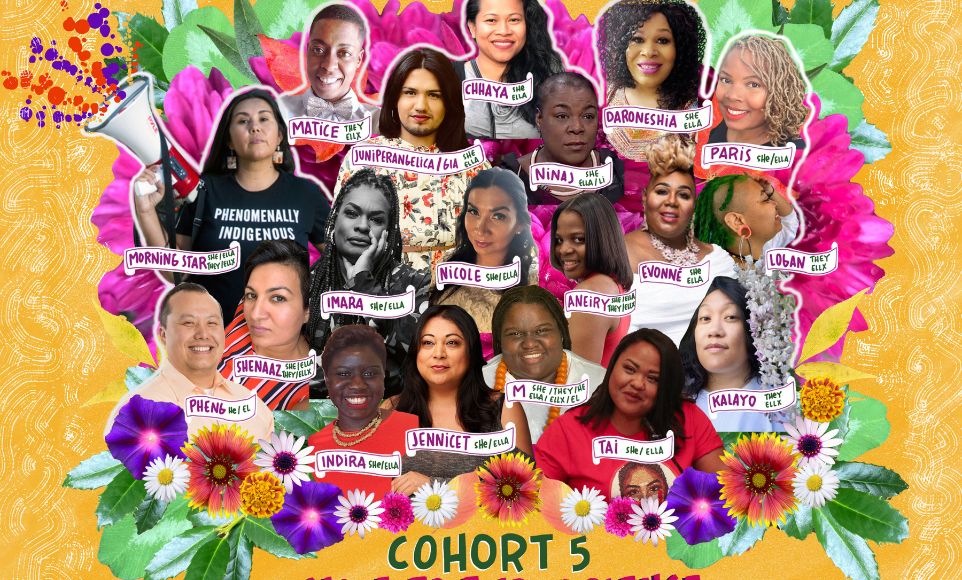Transformative Movement Building Series: Deep Embodiment Through Practice, Week 3

Deep Embodiment is the second of four key elements of transformative movement building. By tuning into the sensations of our bodies we notice movement habits, helping us to cultivate specific movement capacities. Embodiment also helps us bring forth our vision and purpose physically, to act in ways that align with our core values.
Key Ideas
- Transformative movement building recognizes that patterns of injustice are maintained through daily habits and actions. Taking on injustice requires new forms of culture, new modes of relating to ourselves and each other.
- Physical and transformative practices help us to move beyond habits of survival mode into practices of thriving.
- The change we want to see in the world requires a radical shift in our relationships to one another. The commitment and practice of “Beloved Community” -- of reconciliation through repairing harm, even with those we may see as opponents -- is central to our vision for a transformed future.
Two movement storytellers are featured in this webinar: Nan Stoops of the Washington Coalition Against Domestic Violence shares her experience helping to activate a movement building orientation with a group of state-based and national coalitions addressing domestic violence and sexual assault; Cristy Chung describes a process she recently initiated to explore the connections between transformation and liberation, building on her many years of experience addressing violence through cross-cultural service delivery, community mobilization, and culture change work at the intersections of race, gender, and sexuality in social justice organizations and education.
Practice Guide: Stance, Breath, and Awareness.

Stance, Breath and Awareness: This practice guide offers an introduction to a practice we can call on at any time to reconnect with our bodies, become grounded, and embody our purpose in a given context. Embodiment can be developed individually or with others for collective practice generation, for team building, or for developing alignment within a network, collaborative, or alliance. This guide invites us to the power of embodiment as on ongoing practice.
View/Download the Slidedeck, here.







.svg)
.svg)





